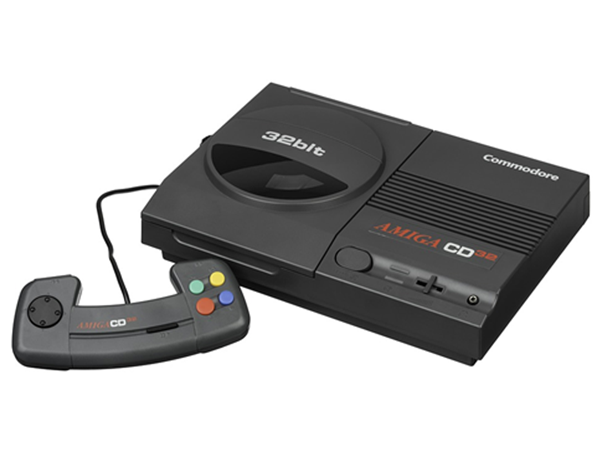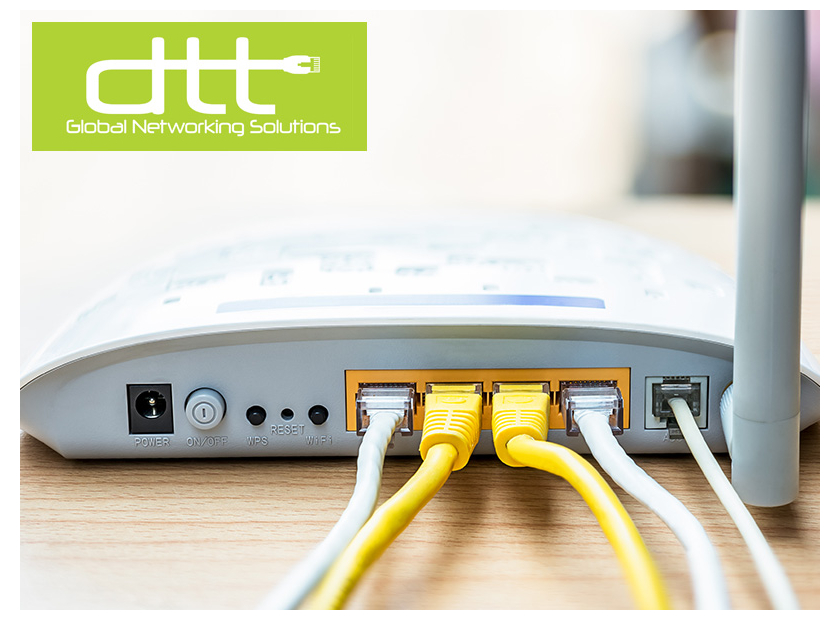Ethernet vs Wi-Fi: The War for the Planet of the Internet
It’s the age of “wi-fi”. Wireless internet connections are rampant, available in homes, public spaces, and just about anywhere else you can think of.
However, there was a time not too long ago when using cables were one of the few ways of obtaining internet access. Before you dismiss them as outdated, though, know that these cables are still highly relevant, and what’s more, more reliable than wi-fi. And if you’re running large servers or require a stable connection at your workplace, you absolutely need ethernet cables!
Most of us are no strangers to the unreliable nature of wireless connections. There’s absolutely no shame in admitting that we’re slaves to the whims, moods and fancies of our unreliable wireless network because it’s a boat that most of us are sailing in at any given point! Just when you finally get to the exciting climax scene on “Se7en” or “Shawshank Redemption”, you see an all-too-familiar symbol going round and round, or even worse, the dreaded words - "loading" or “buffering”.
Due to such problems, many people are making the choice to stick to Ethernet cables. If you want to make the switch but have always felt technologically-challenged and left the subjective “dirty work” to your technicians or electricians, fret not! We’re here to virtually hold your hand and take you through the “A, B, Cs”, “1, 2, 3s” and just about anything else you can think of with a complete guide on Ethernet cables. Pretty soon, you’ll be a whiz at all the types of “Cat” there are and start using Ethernet cables like a pro.
What Is an Ethernet Cable?
Before we get to talking about the finer nuances of Ethernet cables, let’s take a moment to understand what exactly they are and what exactly they do.
Ethernet cables are commonly used to gain internet access by connecting computers to networks, routers or modems. If you were paying attention so far, then you already know that Ethernet cables are a wired internet connection and data is transmitted through twisted copper or solid core wires that make up these cables. Generally, most cables have 2 pairs of twisted copper wires but the faster the internet speed, the higher the number of twisted copper wires. Most high-speed cables use 4 pairs instead of the standard 2.
There are several different types of Ethernet cables.
Good so far? Then let’s talk about why Ethernet is better than wi-fi.
The efficiency of Ethernet against wi-fi can be measured using the following parameters:
- Speed: Who wants a slow internet connection, especially in the day and age of Netflix? If torrents and online movies form a part of your daily staple diet, Ethernet is a no-brainer. Wireless internet connections, such as 892.11ac and 802.11n, offer high speeds (maximum of 866.7 MB/s and 150 MB/s, respectively). However, a substantial part of this data is also used up by your router for other purposes (such as allowing other computers or devices to share the connection), meaning a compromise on your download speed. However, Ethernet cables can offer up to 10 GB/s of focused speed due to the exclusivity of the connection, meaning very little buffering time!
- Interference: Like we said, wi-fi isn’t exclusive. Any device can connect to your wi-fi given the password, such as your TV, smartphone, iPad, oven, gaming console and even your air-conditioning unit! Honestly, it’s rare to find a device that isn’t wi-fi enabled than it is to find one that is wi-fi enabled! However, what this means is that there are now more signals that can interfere with the working of your wi-fi and its speed. Such problems are absent with Ethernet cables.
- Latency: Latency can be defined as the time lag between giving your internet a command and it executing your command. The bane of gamer’s worldwide, lags can be irritating even for the rest of us non-gamers. Well, we’ve got two words for you: Ethernet cables.

- Security: It’s obviously much easier to hack a wireless network connection than a wired network connection! Setting up a highly secure wi-fi network requires technical prowess, something most of us lack; let’s be honest! This can be quite a hassle.
- Reliability: Ethernet cables are more reliable simply because wi-fi signals are not always steady. Many times, signals are dropped or lost. If you’re unlucky, it may take a while to find these signals again. If you’re slightly luckier, the signals are found relatively quickly but this still means an annoying disruption in your work.
In a nutshell, wi-fi will always be slower than Ethernet
Physical media like brick walls and different building materials can also affect the strength of your wi-fi signal, which makes Ethernet a better option.
However, this, in no way, means that Ethernet cables are flawless. Due to their physical nature, there is a limited maximum distance capacity. This means that their length is directly proportional to the strength of the signal. At around 324 feet, signal loss (called “attenuation”) starts to occur, in a standard Ethernet cable. However, most standard households only require Ethernet cables that are 100 meters long, so this problem may not be encountered often.
Also, Ethernet cables need to have their receiving and transmitting ends closer together to avoid interruptions. This, however, can be set right using a modem or router to connect the two.
The Final Streaming
Though we’ve extolled the virtues of Ethernet cables, it doesn’t mean that wi-fi connections are inefficient. Most homes and public spaces use wi-fi connections and are perfectly content with them. In fact, wi-fi is a better option when you have multiple devices that require an internet connection and reliability is not an absolute requirement.
Ethernet is a better option when you require a dedicated, stable connection at home or if you are setting up the IT infrastructure in your office space. Additionally, if you’re a gaming enthusiast or high-quality video enthusiast, Ethernet is for you. However, the fact that Ethernet cables are physical cables means that they come with restrictions (already mentioned earlier).
In a nutshell, wi-fi is more convenient. However, Ethernet gives you better speed, lower number of lags, and is more reliable and steady. So now that you’ve just gained a massive amount of knowledge on the subject, carefully assess your needs and the needs of your devices before you decide to invest in the right Ethernet cable.

